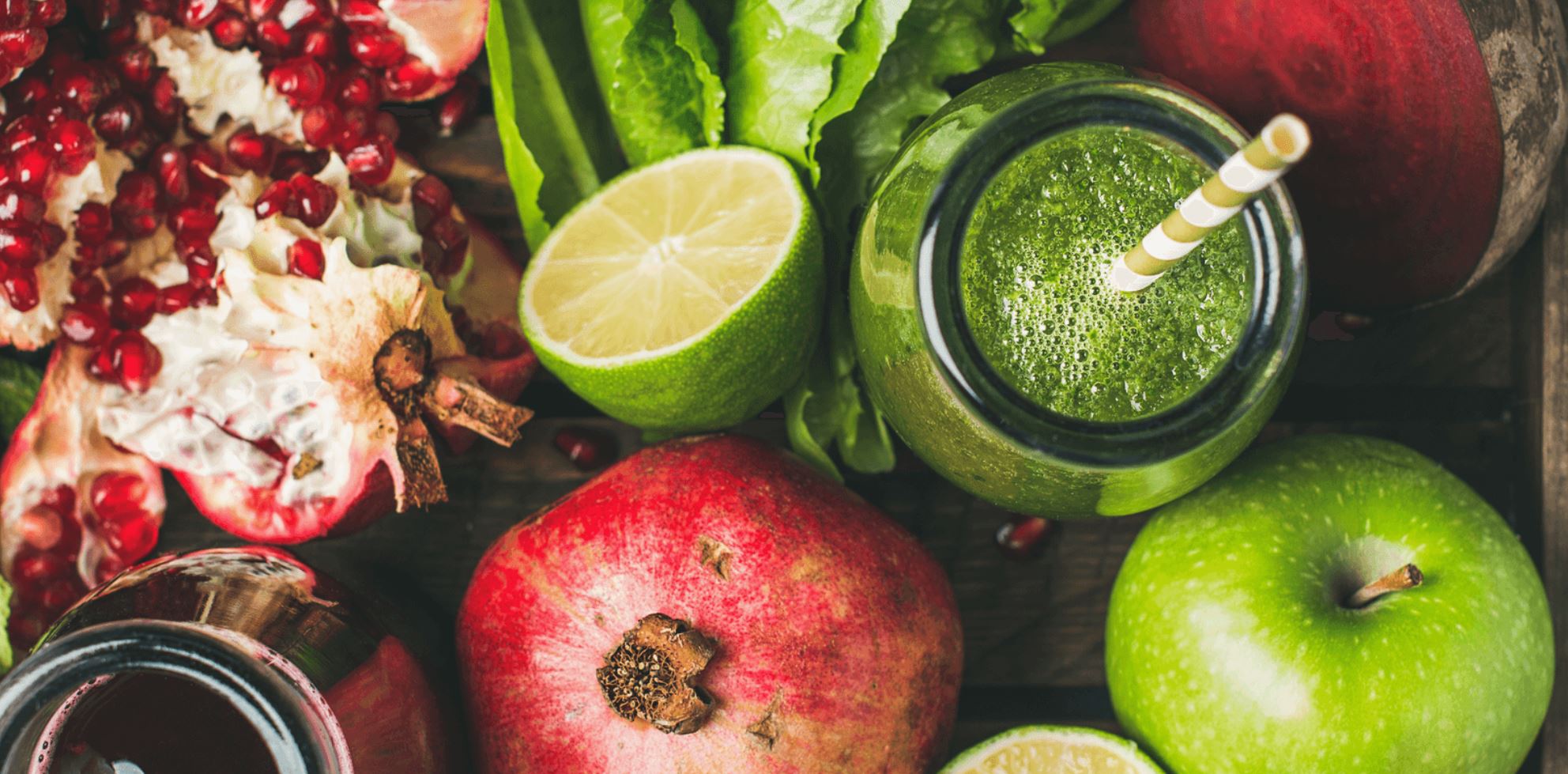
What is a Metabolic Detox?
A metabolic detox plan helps the body address and remove toxins. The human body is exposed to both endogenous and environmental toxins every day. In some cases, the body does not efficiently eliminate toxins, and they can accumulate in organs and tissues, disrupting normal cellular function and increasing the risk for disease. Utilizing metabolic detoxification programs to support the body’s detoxification systems and reduce toxic body burden is critical to overall health and longevity.
Common Types of Toxins:
- Heavy Metals
- Pesticides
- Plastics
- Industrial chemicals
- Bacterial endotoxins
Detoxification Systems of the Body
An important component of metabolic detoxification protocols is to support each of the body’s elimination pathways, since metabolic toxins must leave the body through stool, urine, or sweat. The three phases of cellular detoxification must also be supported; this support forms the basis of a successful metabolic detoxification plan.
Metabolic Detox: Common Symptoms and Solutions
Some people may experience mild symptoms during a metabolic detoxification program, commonly referred to as “detox reactions,” particularly during their first detox. These symptoms sometimes occur when detoxification processes become unbalanced and metabolic toxins are not eliminated optimally. It is a biological bottleneck problem where released toxins exceed the body’s capacity for transportation and elimination. Symptoms are generally minor and resolve within a day or two.
1. Headaches, Tiredness, and Irritability
Withdrawal symptoms including headache, tiredness, and irritability can develop from suddenly avoiding caffeine, sugar, wheat, and dairy, all of which can be addictive.1 Other causes of these symptoms include dehydration and constipation (preventing toxin elimination), blood sugar fluctuation, and inefficient toxin release from “biological hiding places.”
Solutions:
- Green tea is hydrating, low-caffeine, promotes cytochrome p450 activity, and supplies the body with L-theanine, which supports the production of calming neurotransmitters2
- Increase hydration
- Promote an alkaline state through Nutritional support with foods such as vegetables, fruits, and herbs
- Stabilize blood sugar by including high quality protein, fiber, and fat at each meal
- Optimize sleep quality and quantity
- Promote sweating in a sauna, steam room, or warm Epsom salt bath
- Support bowel regularity
2. Food Cravings
Many people experience food cravings while on any type of elimination diet, including the dietary component of a metabolic detoxification program. Cravings will ultimately subside in a few days. There are many possible reasons for food cravings during detoxification programs:
- Withdrawal from addictive foods and beverages
- Breaking habits revolved around sugar
- Microbial imbalances in the digestive tract in response to diet change
Since sugar, gluten, and dairy all trigger an opioid-like response in the brain, many of these foods can be addictive.3 Sweet flavors trigger the synthesis of serotonin, the “feel good” neurotransmitter, which can create an overreliance on sugar. The state of the microbiome may also affect food cravings; specific strains are associated with cravings. Gut microbes can trigger cravings that favor that particular microbe, even if it is to the detriment of the host. These microbes may also be able to cause the host to feel poorly until the craving is met and a feeling of euphoria sets in.4 Metabolic detoxification programs and their dietary components can help to shift the microbiome and address certain aspect of dysbiosis. Conquering sugar or cravings for other unhealthy foods is one added benefit to reap.5
Solutions:
- Include more alkaline foods and beverages in the diet, which can help minimize food cravings and promote beneficial shifts in gut microbes
- Avoid sugar cravings with more protein at meals and choices like fruit and smoothies
- For fried food or starchy food cravings, try roasting sweet potatoes or parsnip wedges
For cravings in general, there are usually suitable substitutes that fit within the prescribed plan. Working with a nutrition professional on managing and redirecting food cravings can be helpful in creating lasting diet improvements
3. Bowel Irregularity
Constipation is detox’s worst enemy; many toxins are eliminated through stool. While following a meal plan designed to promote detoxification typically includes nutritional support with a fiber-rich diet high in vegetables, some people still experience bowel irregularity and digestive symptoms from the diet change.
Solutions:
- Drink plenty of water, herbal teas and other fluids
- Eat bitter vegetables and herbs that encourage healthy peristalsis, like radicchio, endive, arugula, and ginger
- Try a magnesium supplement
- Non-starchy vegetables, high fiber seeds, and healthy fats and oils that help lubricate the digestive tract
- Daily physical activity to improve regularity
These solutions can help consumers and health professionals feel confident in metabolic detoxification programs, even if mild “detox symptoms” occur. Understanding why symptoms occur and what to do about them can help people reap the benefits of periodic metabolic detoxification programs.


